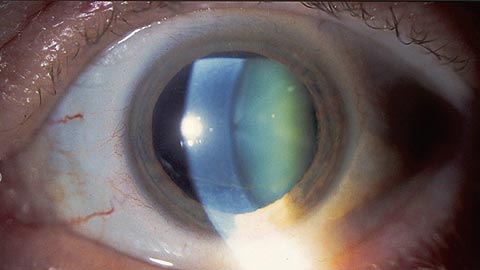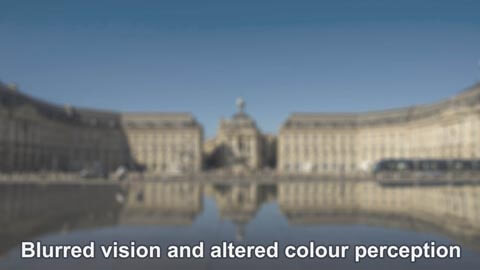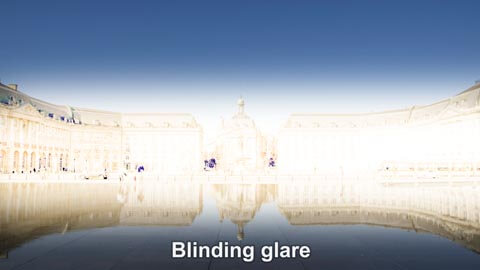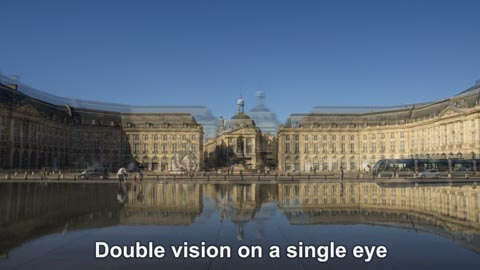Cataract
Description:
The cataract condition corresponds to an opacification of the eye lens.The eye lens acts as a converging lens located behind the iris. Its is around 1cm long in diameter and 0.5cm thick.
A cataract condition is most likely to be caused by aging, notably after 60 years old. There may be other causes, such as diabetes, high myopia or local traumatism.
Symptoms:
Treatment:
This synthetic intra ocular lens (IOL) is very well tolerated. Its power is calculated according to the characteristics of the eye prior to the intervention. It will therefore usually be necessary to wear specific glasses for reading. But this is not systematic as some specific implants can prevent the use of any type of glasses.
Anaesthesia is usually performed locally through the instillation of eye-drops. Anaesthesia by injections around the eye or general anaesthesia are sometimes prescribed.
The surgical technique called phacoemulsification allows to fragment and suck up the eye lens from inside the eye through a micro-incision of approx. 2.2mm. An ultrasonic probe is used for this purpose. This micro-incision is self-sealing and requires no stitches.
The surgery usually lasts less then 20mn. It is usually performed in ambulatory or short stay hospitalization.
Post-intervention evolution:
Visual acuity should improve as soon as in the first few days following the intervention and reach a stable state within 2 or 3 weeks.A post-surgical treatment through eye-drops is prescribed for about a month. There are no plasters to be worn but only a protective eye-shield for the first 3 nights.
If your eye turns red, becomes painful or if you experience vision impairment, you need to contact your surgeon or your regular ophthalmologist.
As years go by, you might experience an opacification of the envelope behind the implant. This is called secondary cataract, and causes new vision impairment. It is easily treated with a YAG laser during a simple medical consultation.

 Book an appointment
Book an appointment





